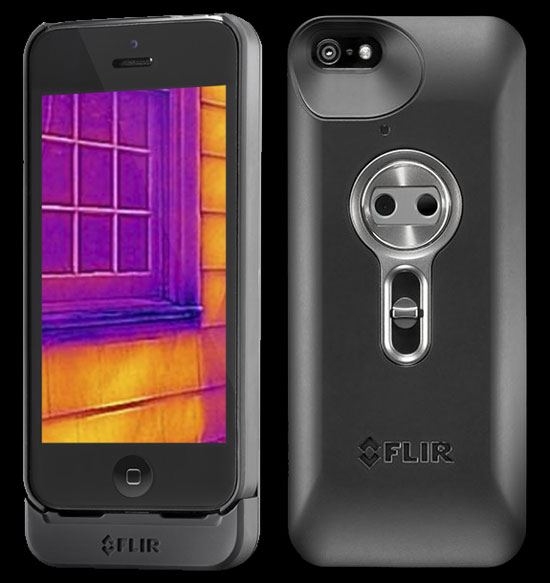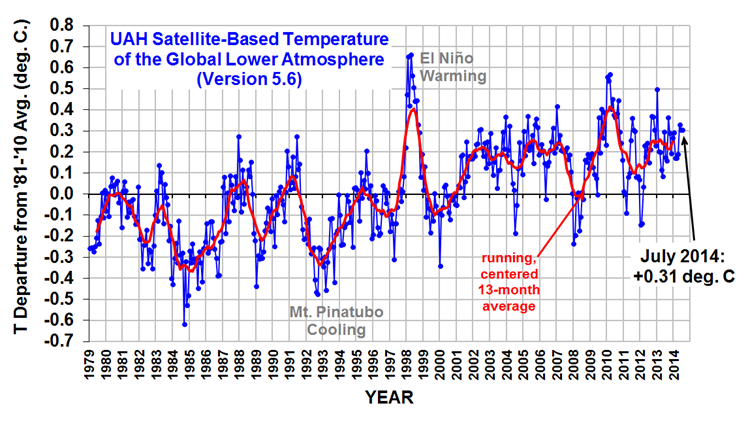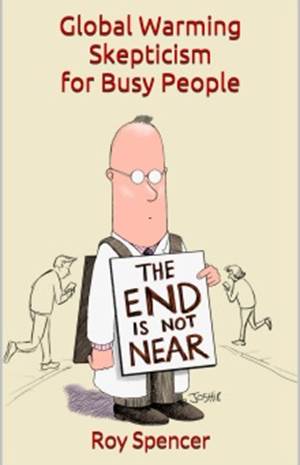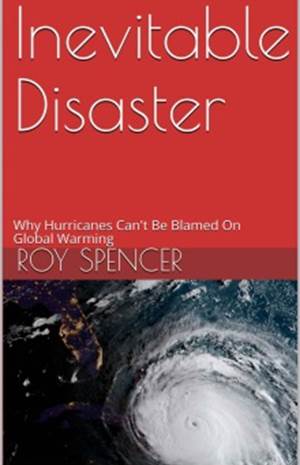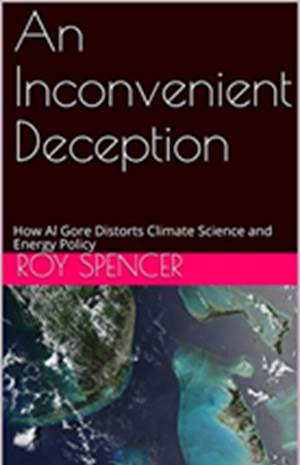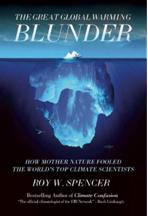One of the dubious assumptions undergirding the environmental movement is that the Earth was in an optimum state of health before humans arrived on the scene and screwed everything up.
But this is a religious assumption…which I don’t have a problem with, until it is foisted on the masses as “science”.
The idea that everything humans do to the environment is bad is an emotional one, not scientific, especially when the “pollution” we are talking about (CO2) is necessary for life on Earth.
There is a concept in toxicology called “hormesis”, around since at least the late 1800s, which states that for many chemicals the biological response is actually positive at low doses, before it becomes negative at high doses. I spent some time last week with Ed Calabrese, who has published extensively on the hormesis concept (here is a review paper by him, which includes a discussion of how the hormesis concept got unfairly grouped in with the homeopathy movement).
For a very simple example, there is a wide variety of minerals necessary for human health in low doses, but which are toxic at high doses. Food and water are also necessary in low doses…but will kill you in high doses.
More generally, there is also evidence that even for chemicals which are not necessary in the human body, low doses can actually make a person healthier because some level of environmental stress on the body makes the body more resilient. For example, some non-zero level of bacteria and virus exposure helps keep us healthier. I’m told there has been some research that suggests that inhaling low levels of radon is beneficial..or at least benign. Physical exercise tears apart human tissue…but helps build more muscle as a response to the demands placed on the body.
The hormesis concept is anathema to regulatory organizations such as the EPA, which want to regulate “pollution” to infinitesimally small values, no matter how many people those regulations might kill in the process. The supposed justification is linear dose-response curves which basically assume that there is no beneficial level of a “pollutant”, and even that the smallest level of exposure will cause harm.
Needless to say, the possibility that low doses of many pollutants might actually be beneficial to human health would be a real paradigm changer in the regulatory community.
This is the basis of statistical epidemiological studies which claim thousands of deaths each year from exposure to benign things like Justin Bieber’s music.
For those who like graphs, the following cartoon shows what I’m suggesting in qualitative functional form for carbon dioxide:
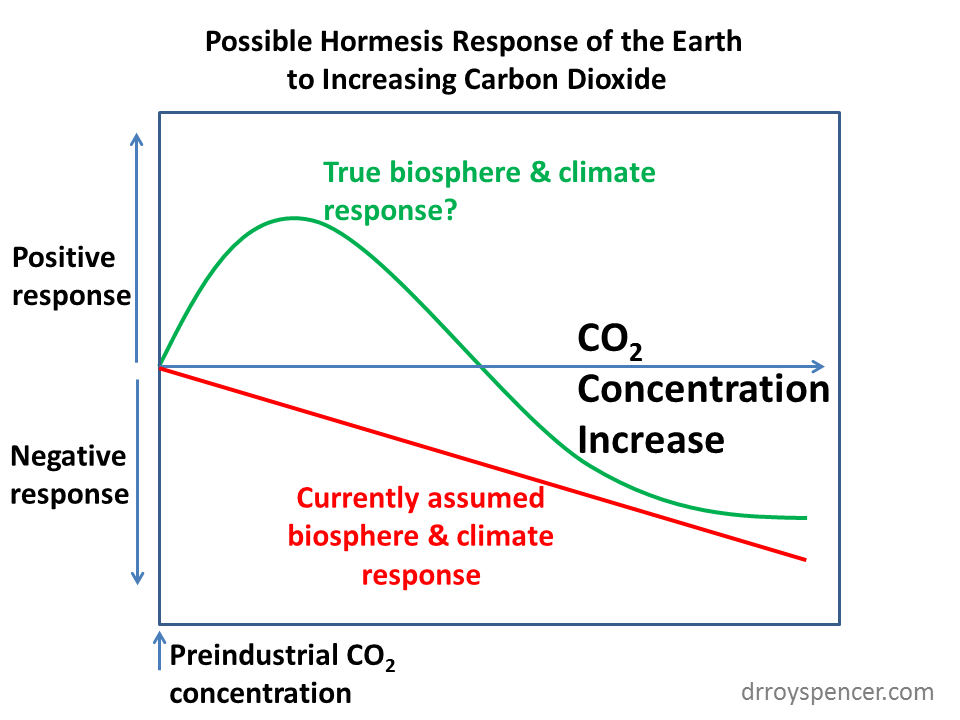
An Earth scientist who has not already sold his soul to the government regulation bureaucracy might legitimately ask, “I wonder if some level of enrichment of atmospheric CO2 is actually a good thing for life on Earth?”, as suggested by the green curve in the above graph.
The straight red line (linear dose response) is, in contrast, what is usually assumed…that any increase beyond that believed to exist before humans arrived is necessarily bad for Mother Earth.
But atmospheric carbon dioxide is necessary for life on Earth, and has risen from a pre-industrial concentration of only 3 parts per 10,000, to (still only) 4 parts per 10,000 today. The result has been global greening and a moderation of global temperatures (at least partly due to more CO2, in my opinion). Theoretically expected negative impacts on severe weather and marine life have, so far, failed to reach any believable level of cause-and-effect, beyond normal natural variability.
(And if you are tempted to cite statistics of a record number of whatever events, I will ask whether humans are also responsible for the recent “grand maximum” record high sunspot activity out of the last 3,000 years? Was that Bieber’s fault, too? Or maybe Manbearpig’s fault?).
I’ve had plant physiologists tell me it’s almost as if nature has been sucking as hard as it can on atmospheric CO2, and has depleted it to the point where only the hardiest life forms can exist. But as we add more CO2 to the atmosphere, nature quickly gobbles up 50% of the extra, leading to a more luxurious and robust biosphere.
So, it is reasonable from an unbiased scientific perspective to examine the possibility that more CO2 is actually good for life on Earth…not just the biosphere, but atmospheric effects as well. After all, we’re not talking about X-rays here…we’re talking about the elixir of life, CO2.
Is there a level beyond which more carbon dioxide would be bad? Probably…but I don’t think we know what that level would be. And, just to be on the safe side, if there was a way to stop producing CO2 without killing millions (if not billions) of people in the process, I might be in favor of that.
But that’s simply not possible with today’s energy technologies. Renewable energy sources cannot contribute to more than 15-20% of total energy demand in the coming decades, so we are stuck with fossil fuels for the time being.
I really don’t care where our energy comes from, as long as it is abundant and affordable for the world’s poor. In the meantime, we need to stop thinking in simple linear dose-response terms which is contrary to so much real world experience and exists mainly to make jobs for regulators and companies that are made rich through subsides rather than through free choice by the public.
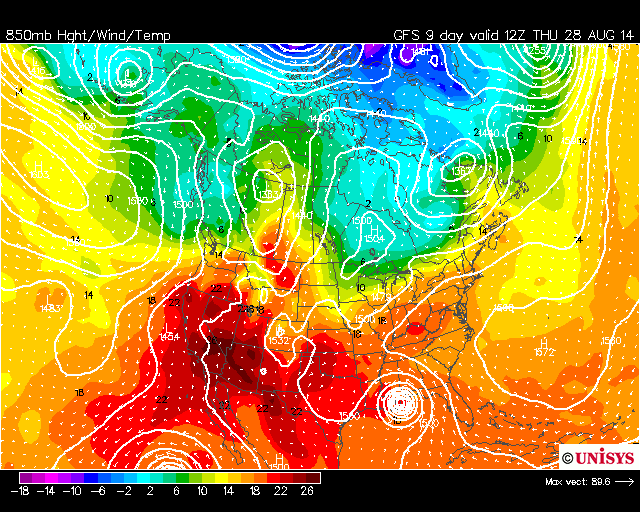
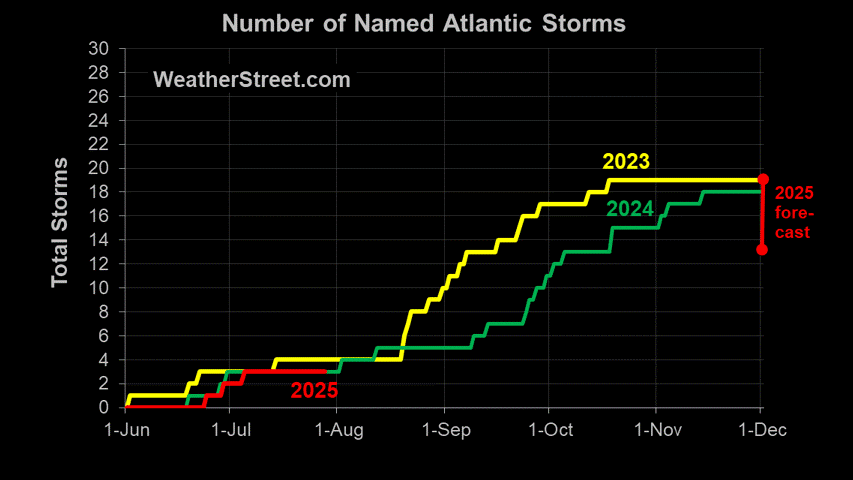

 Home/Blog
Home/Blog